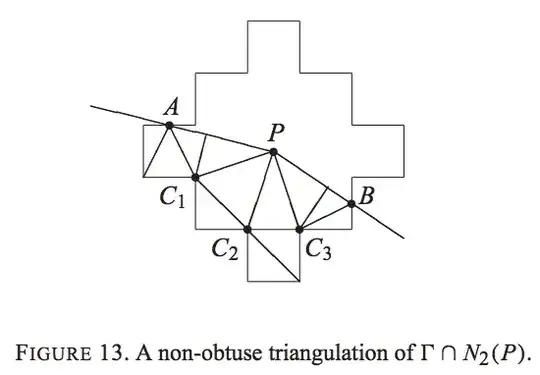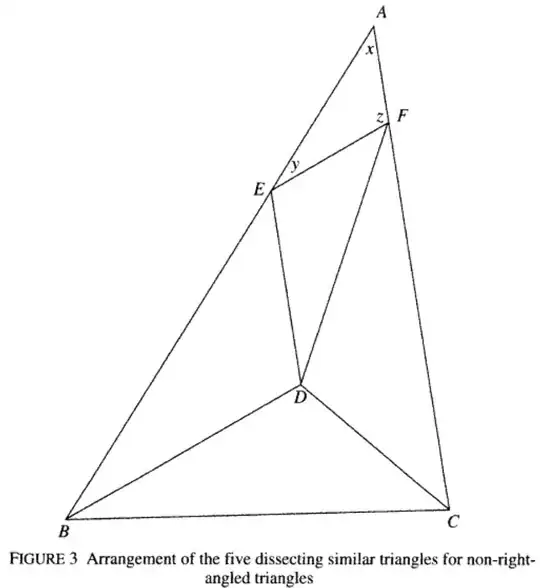A few days ago, i realized that one way to prove the Pythagorean Theorem is to dissect the given right-angled triangle into 2 triangles similar to it, and apply well-known properties of ratios of areas. So this fundamental theorem can be viewed as a consequence of the possibility to dissect a given right-triangle into 2 similar sub-triangles.
My question is: Which branch of geometry systematically studies dissections of general polygons (or other shapes) into other sub-polygons (sub-shapes) of a given type, and the metrical properties that emerge as consequences of these dissections?
My search is on-going, i have seen some relevant results & books, for example the problem of dissecting a random triangle into n similar triangles, and books on discrete & combinatorial geometry that border on the subject (but not studied them yet), so i'm asking for some further guidance towards a systematic exposition of the relevant theory, in 2D, 3D or more dimensions..

